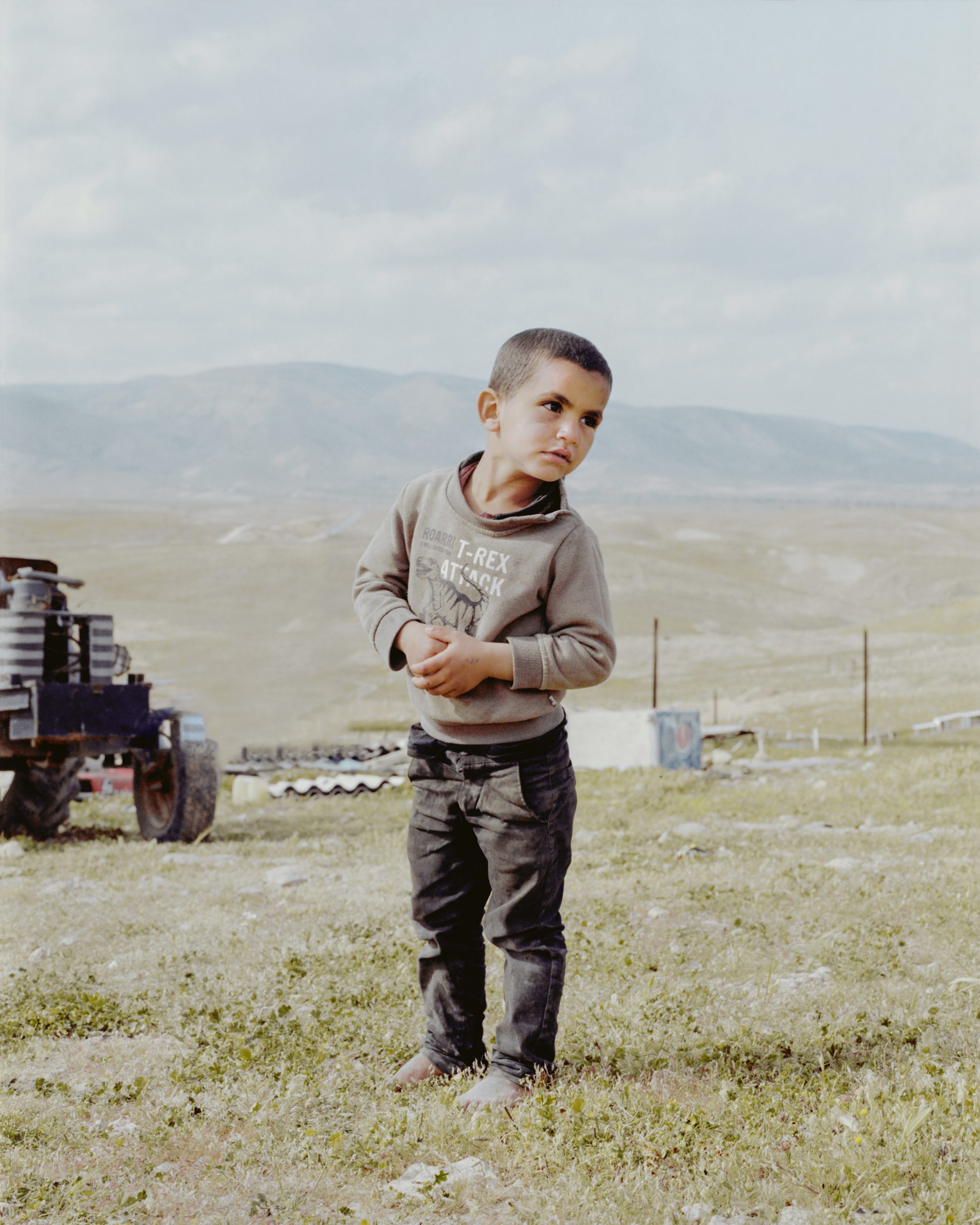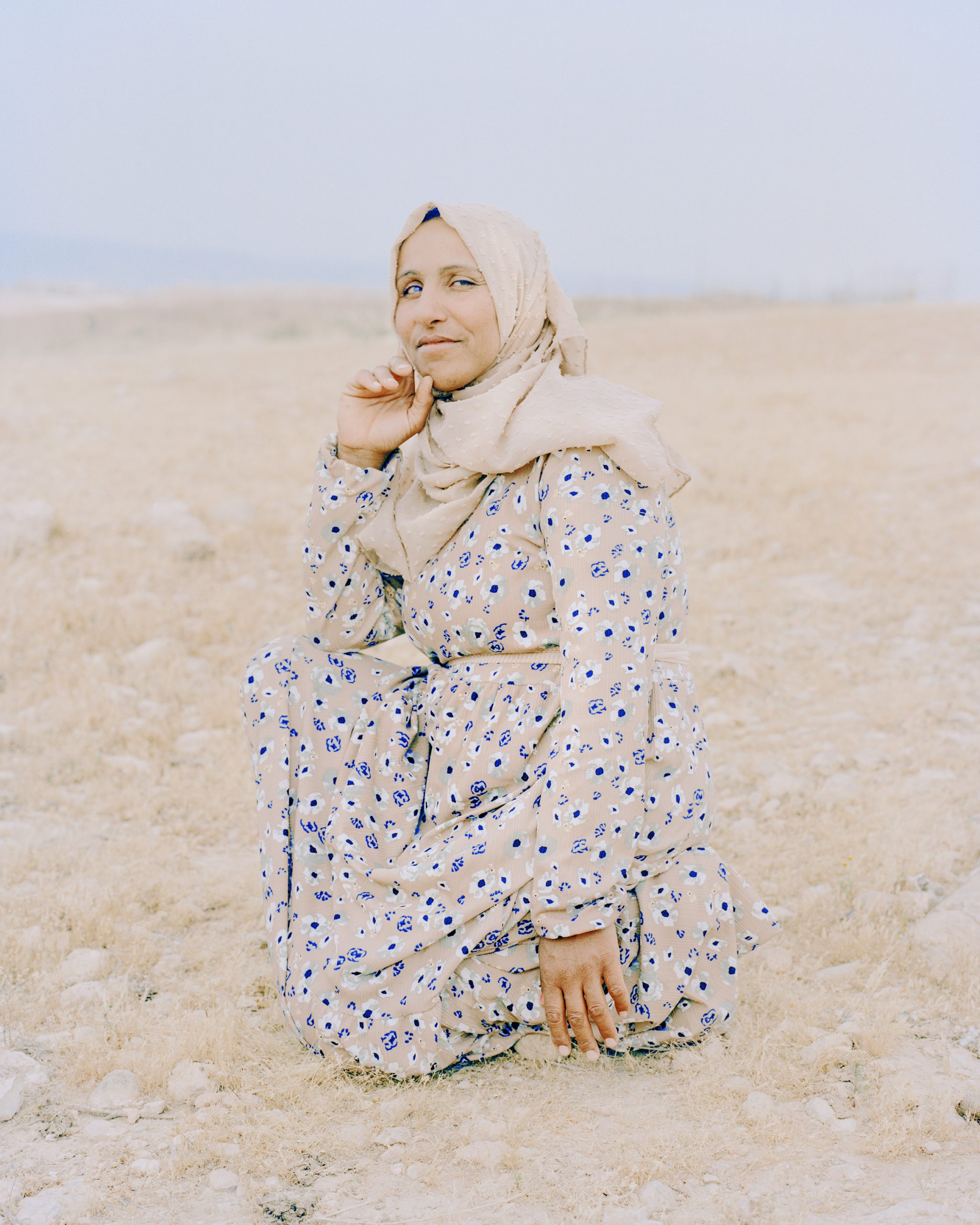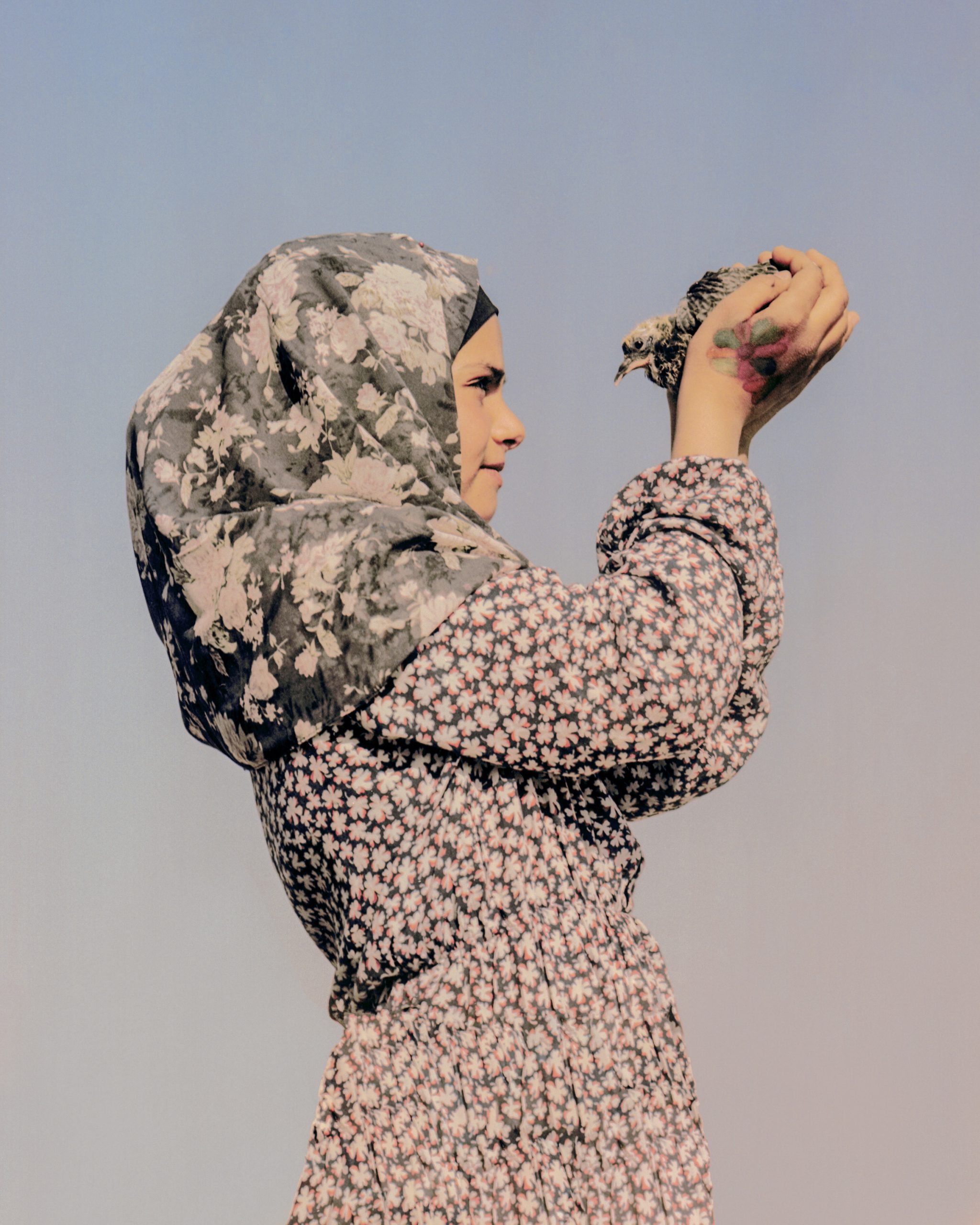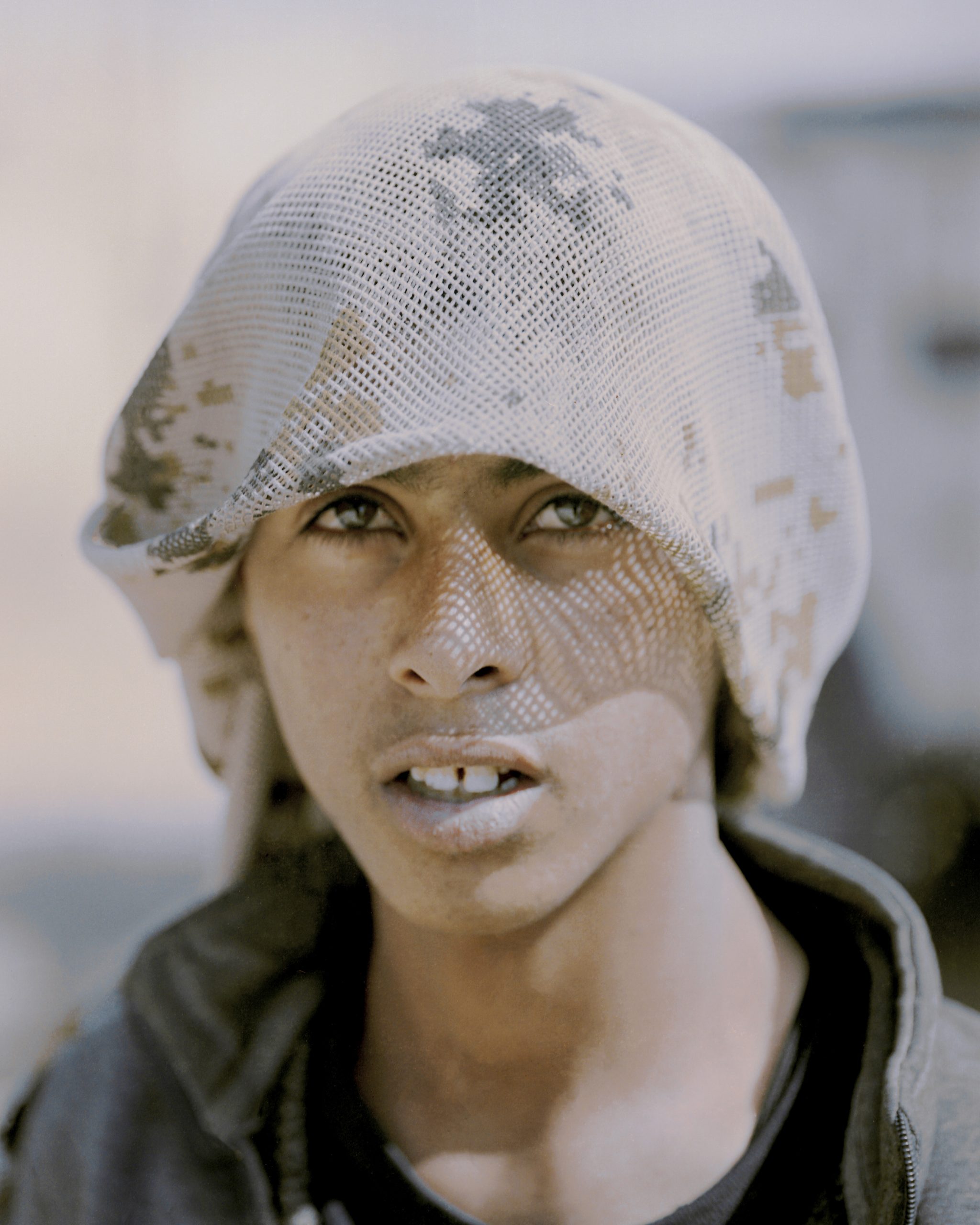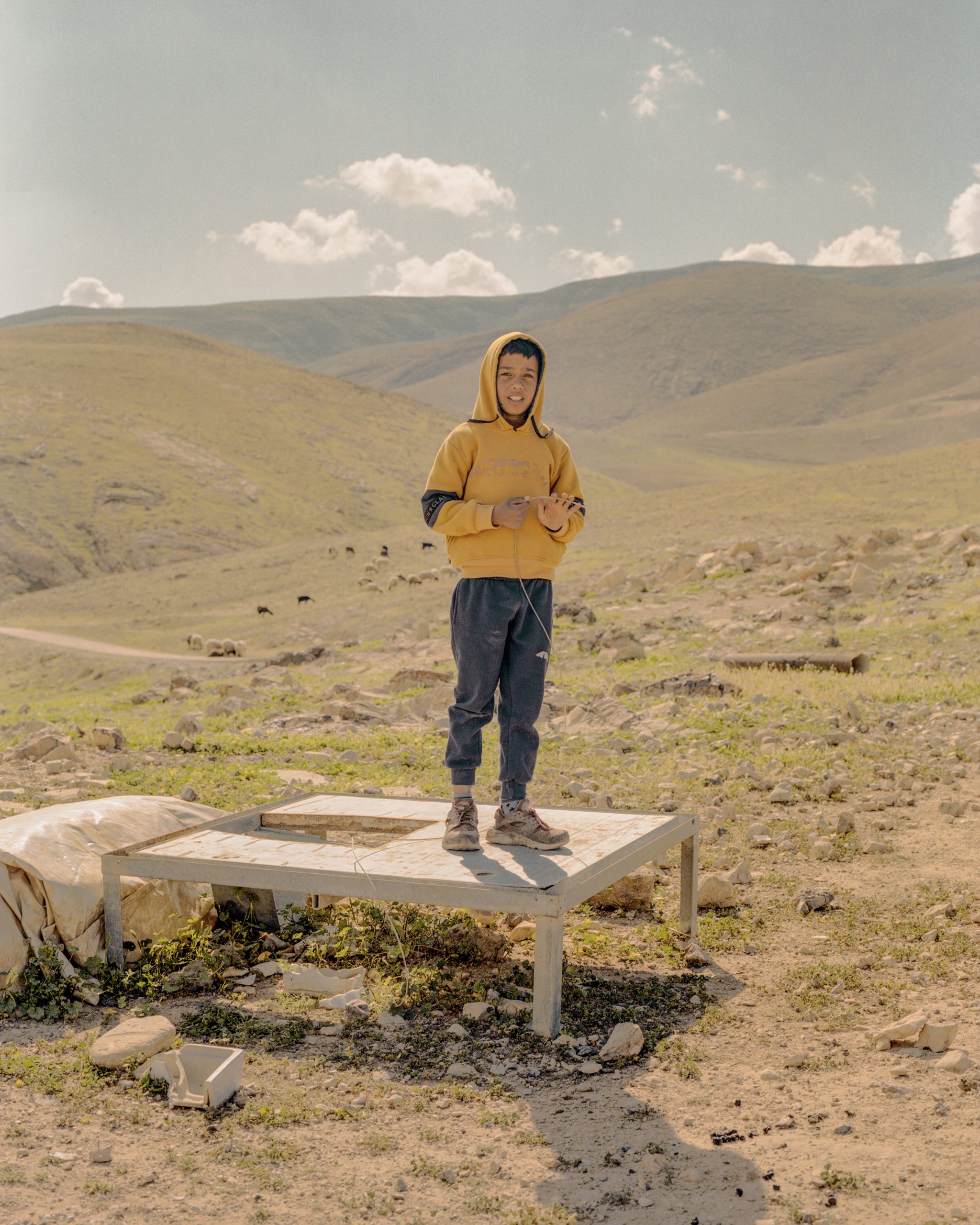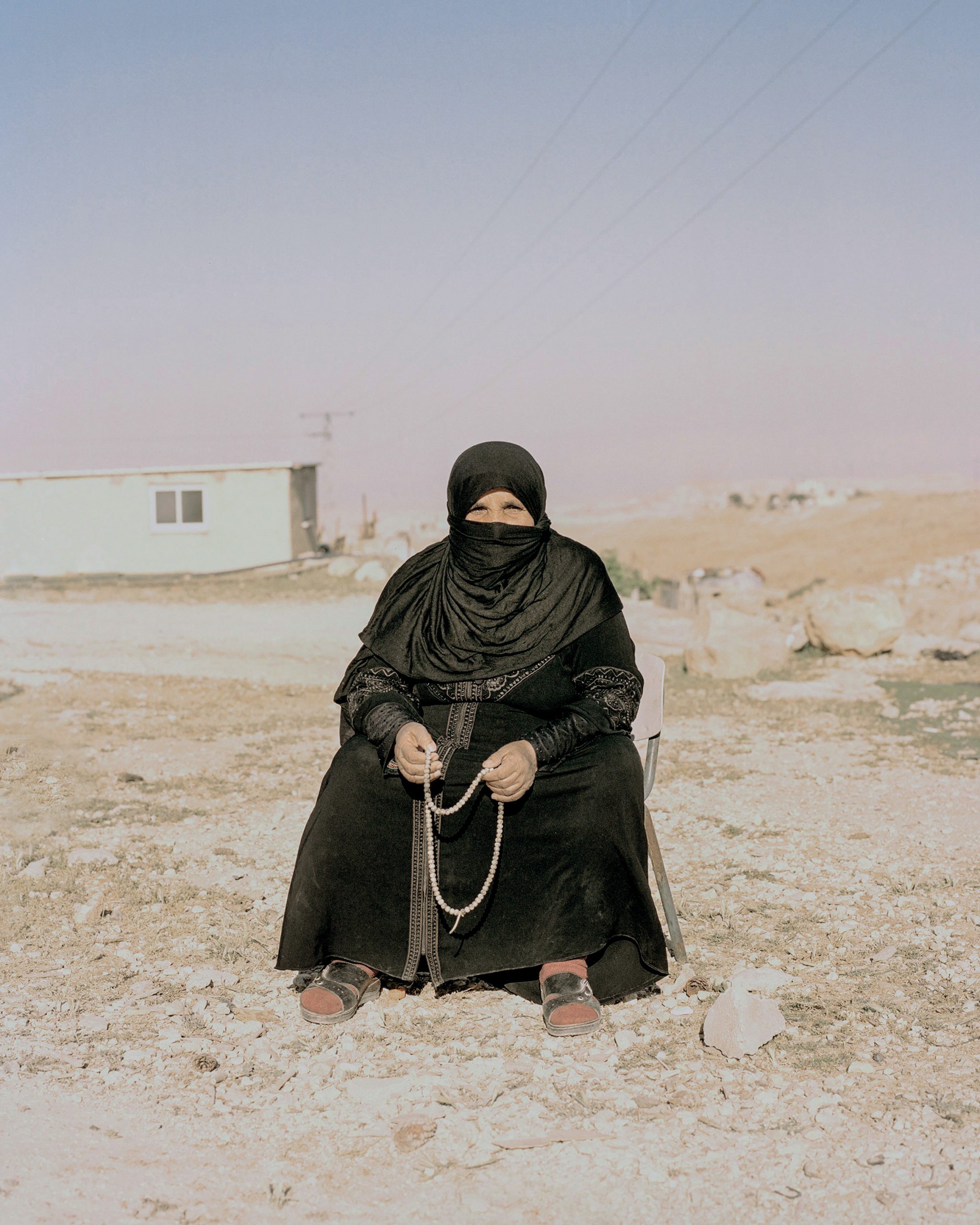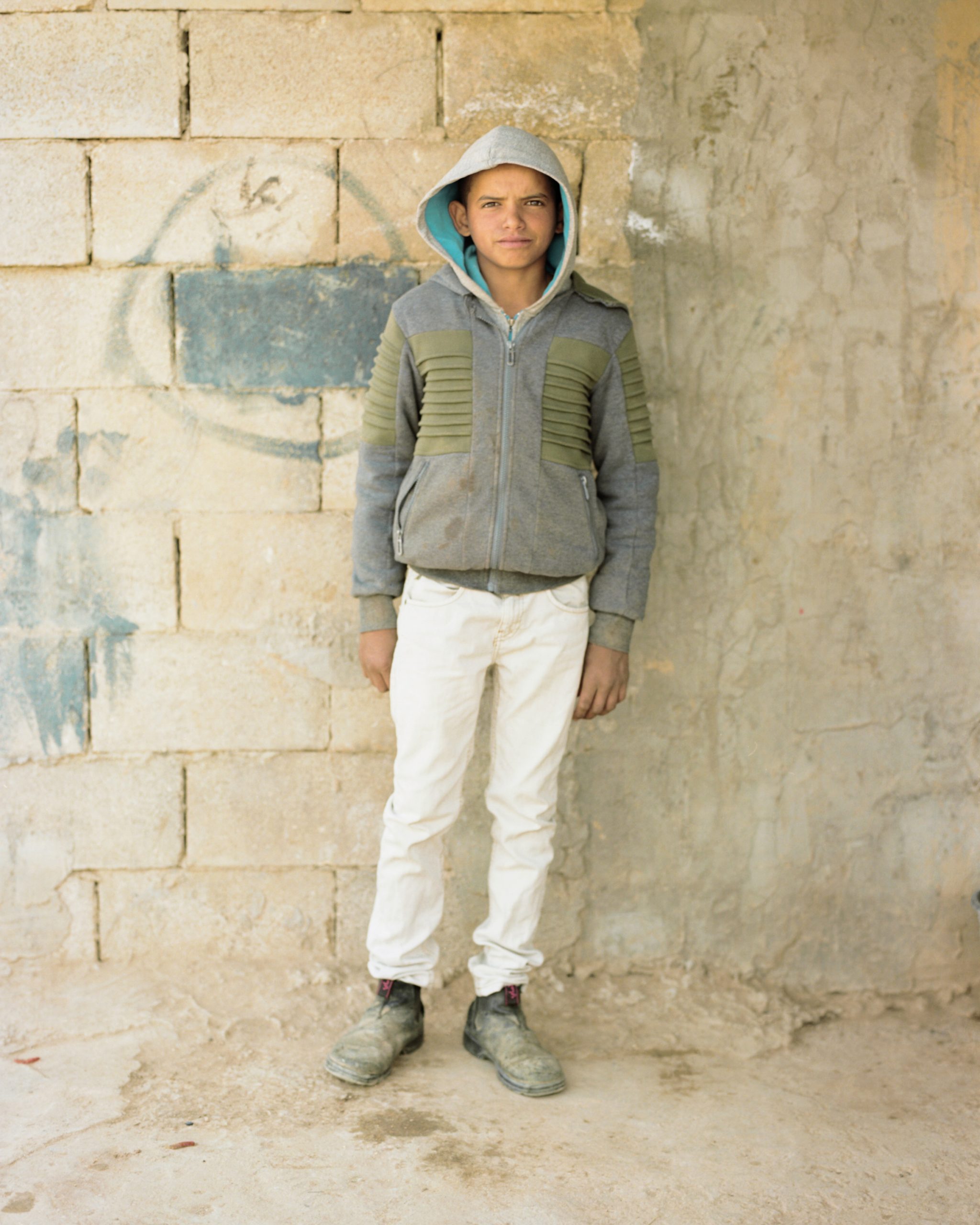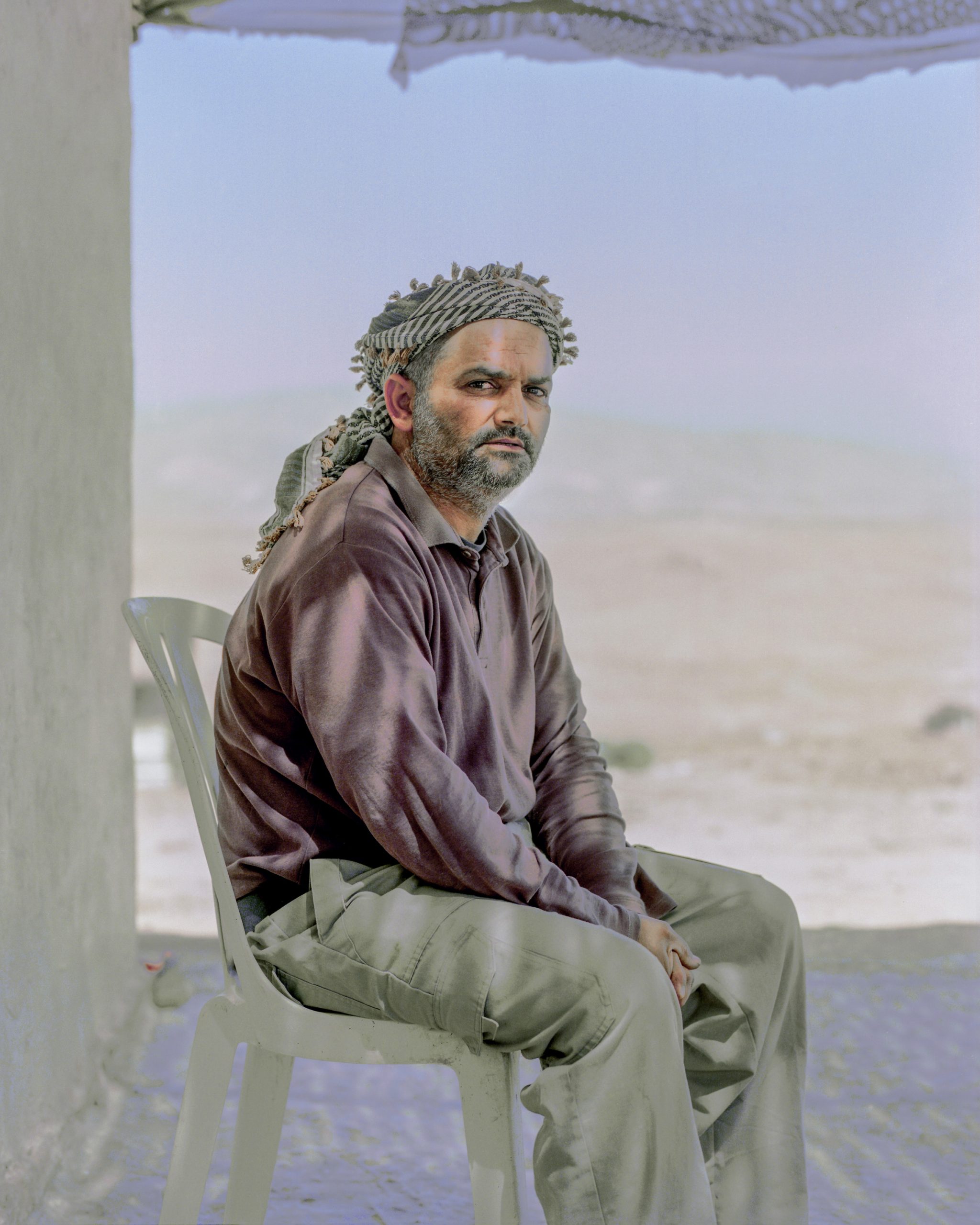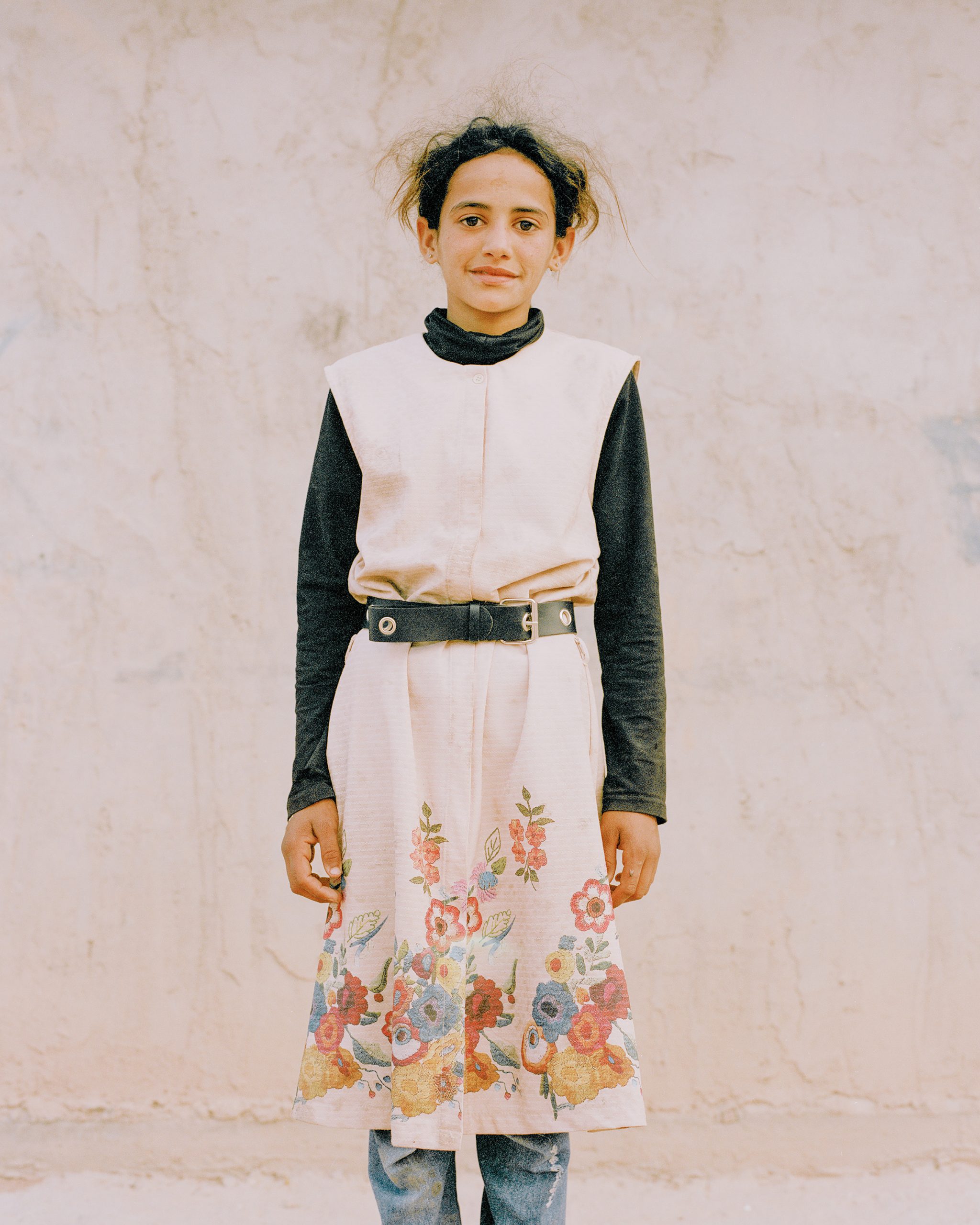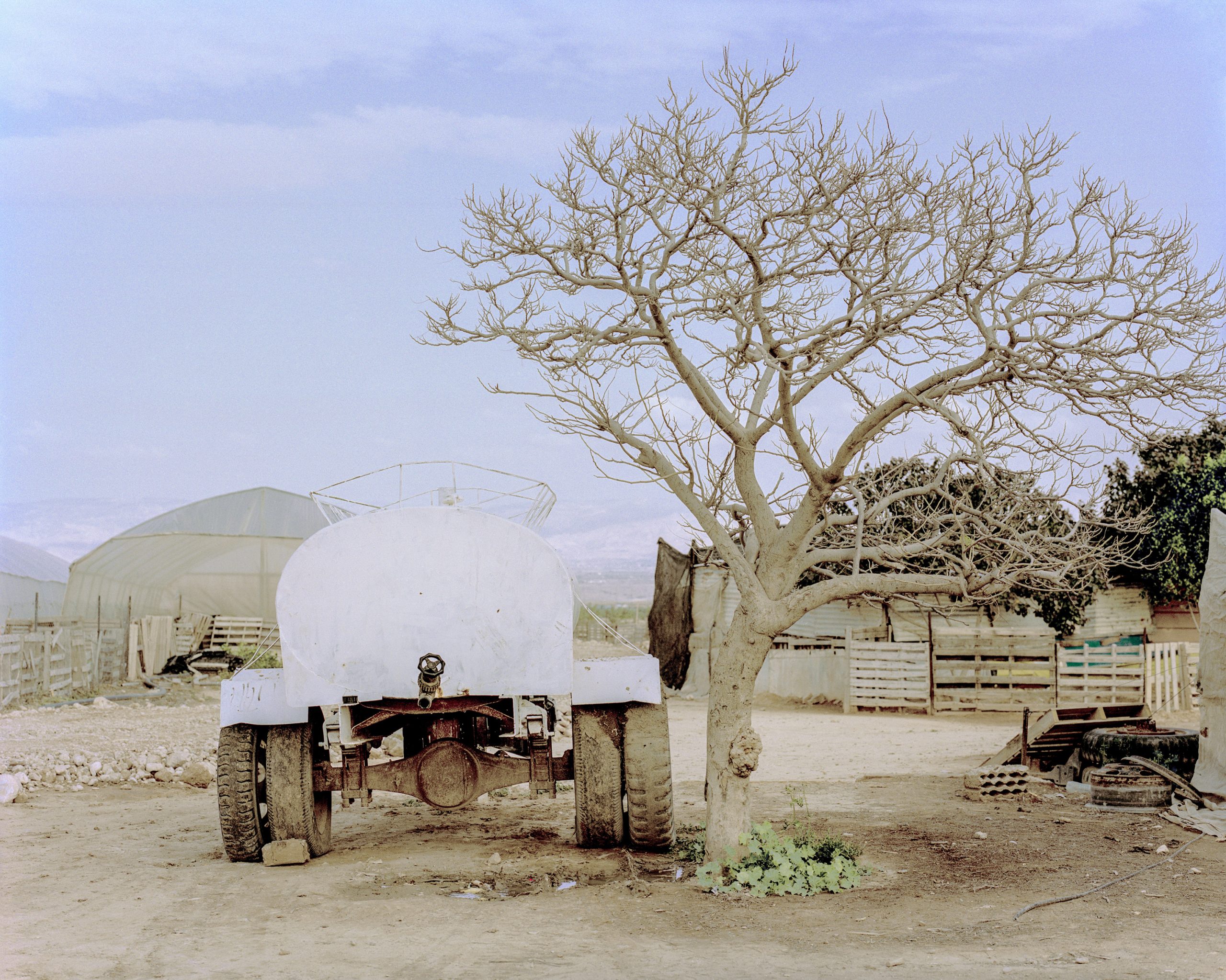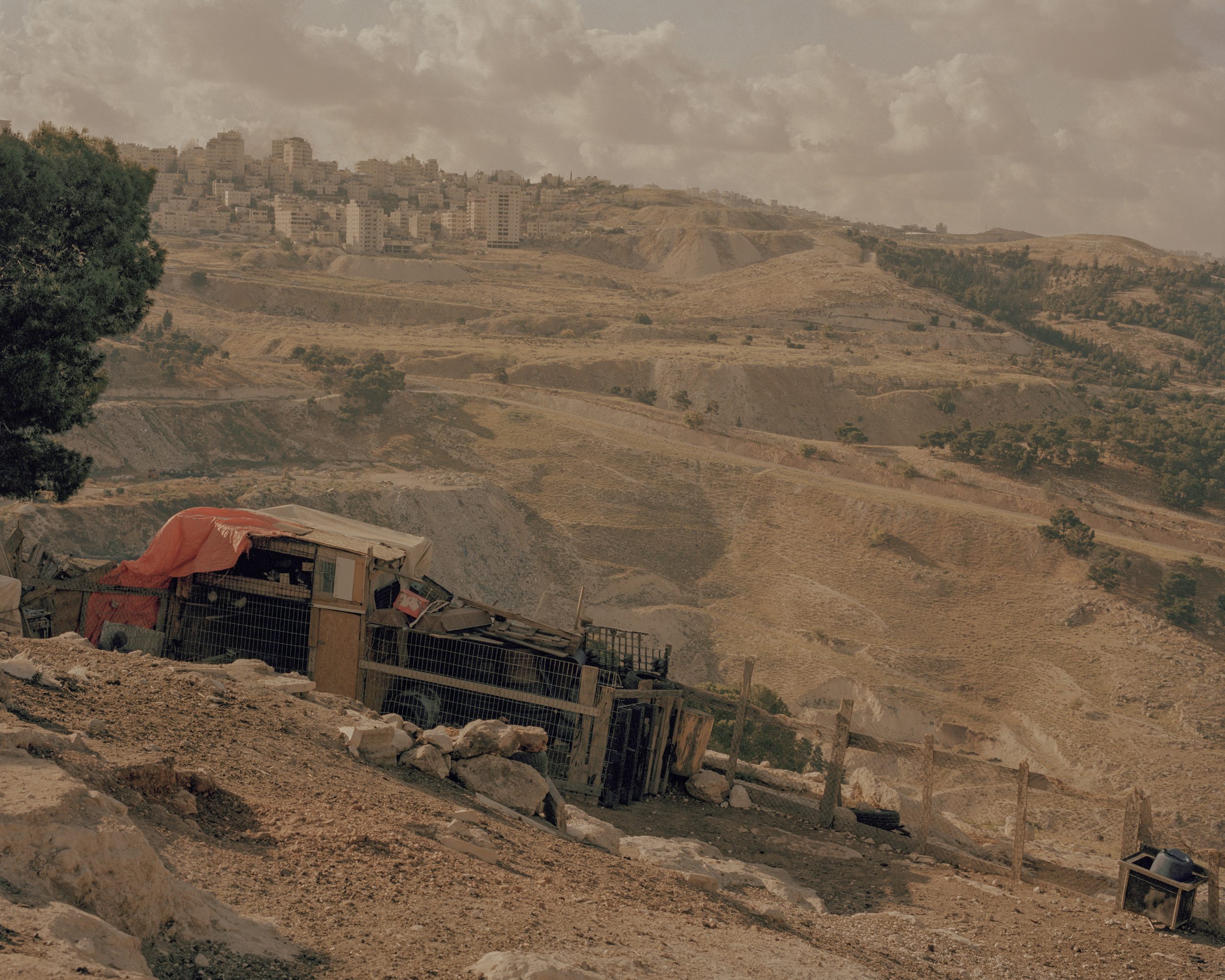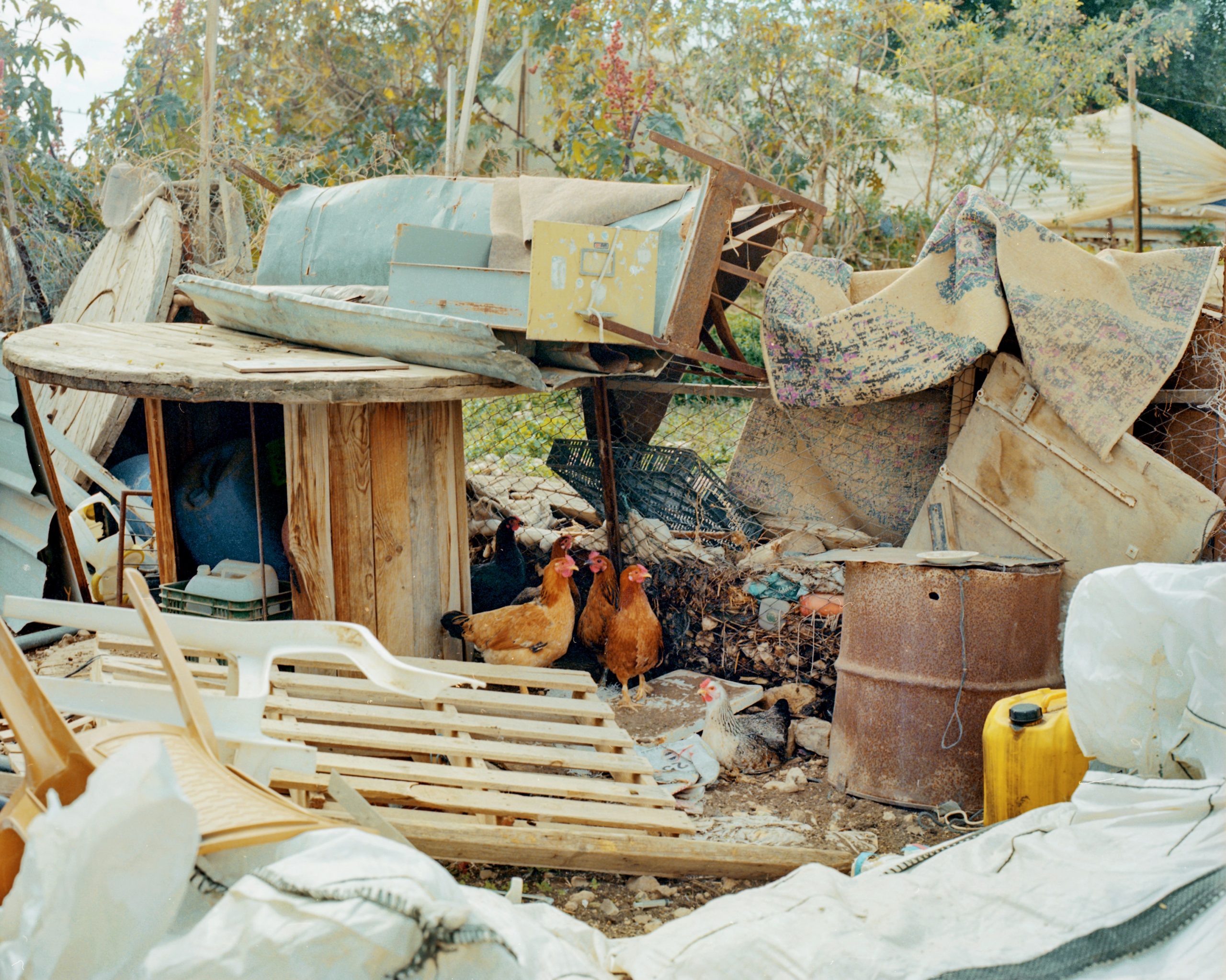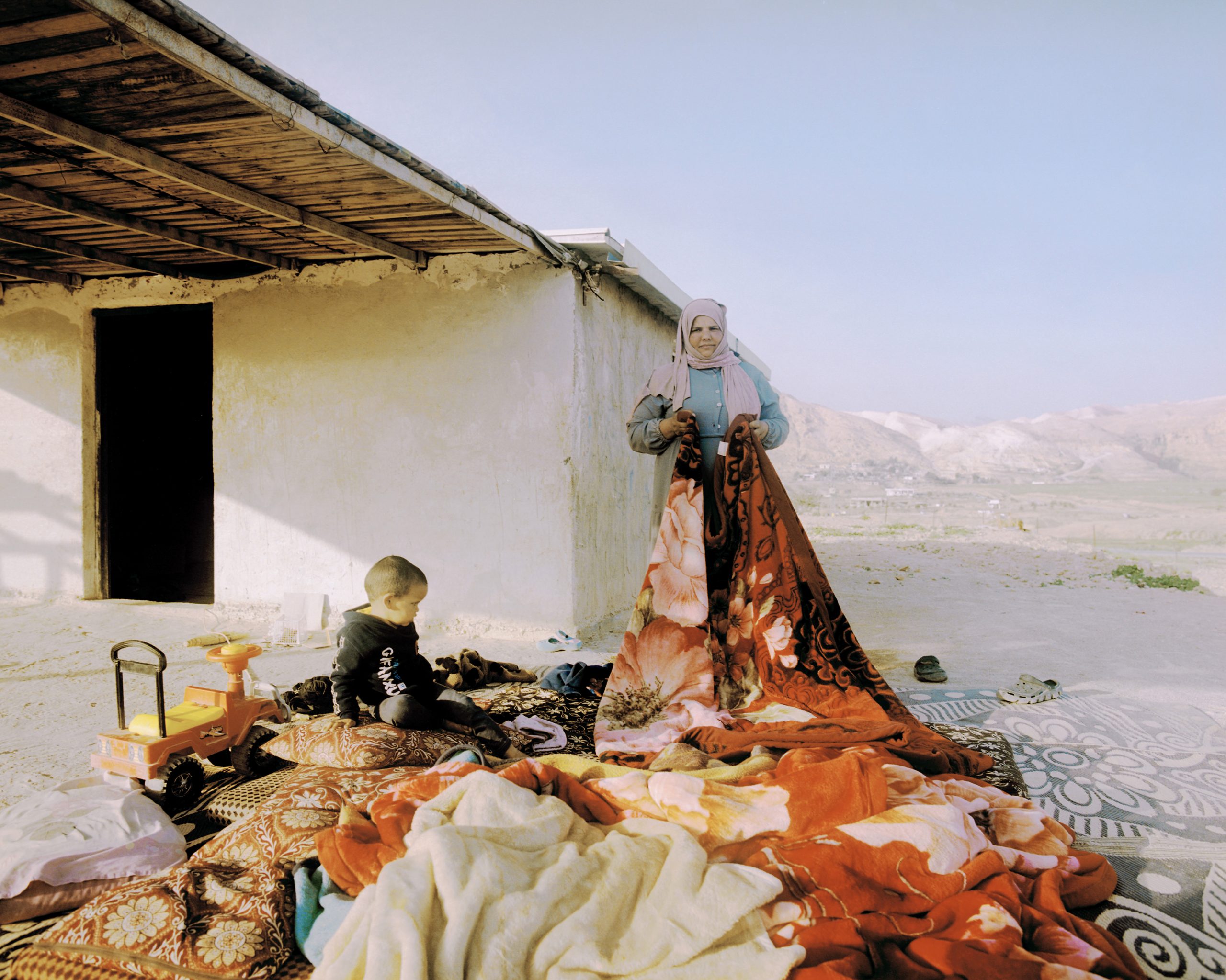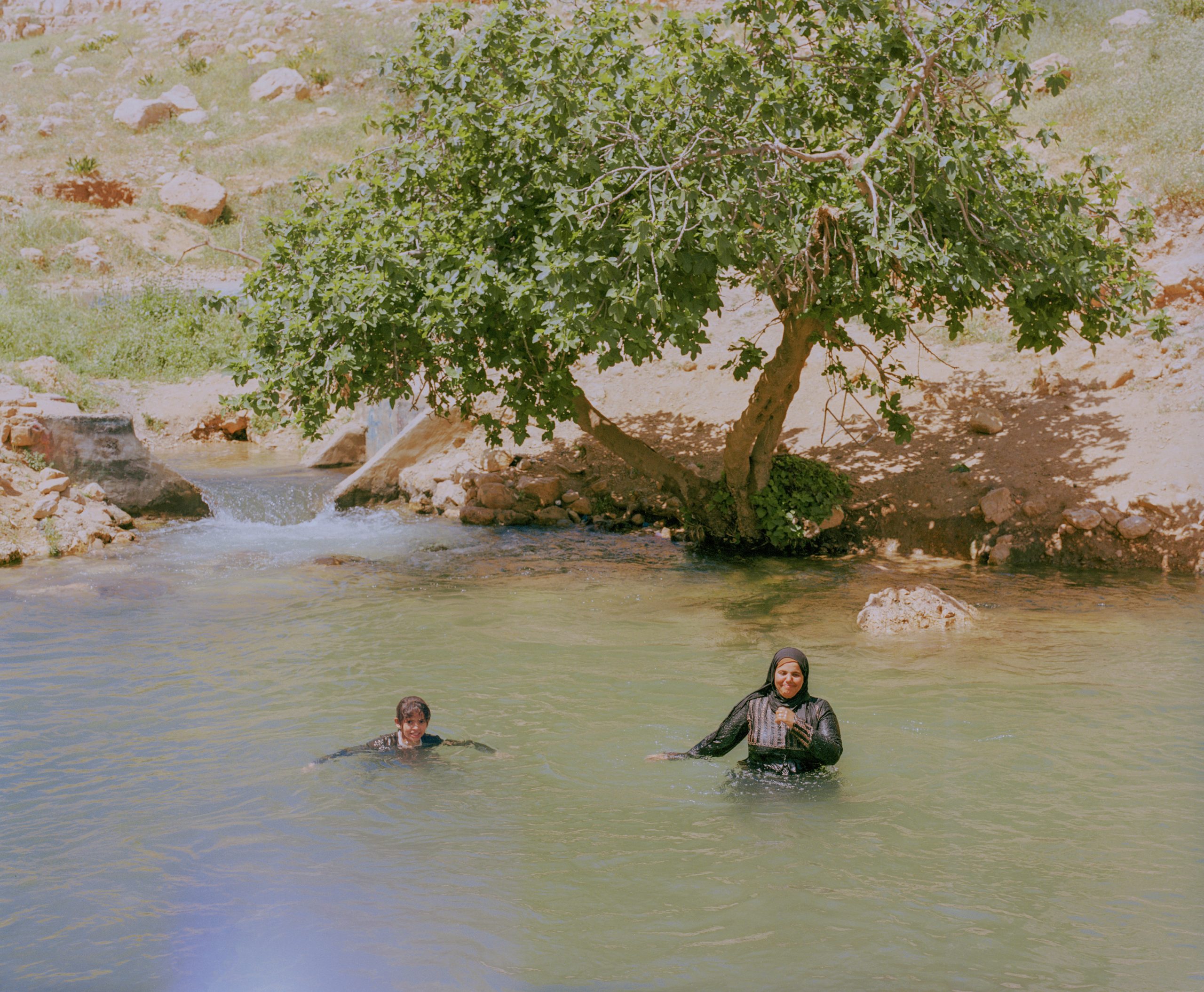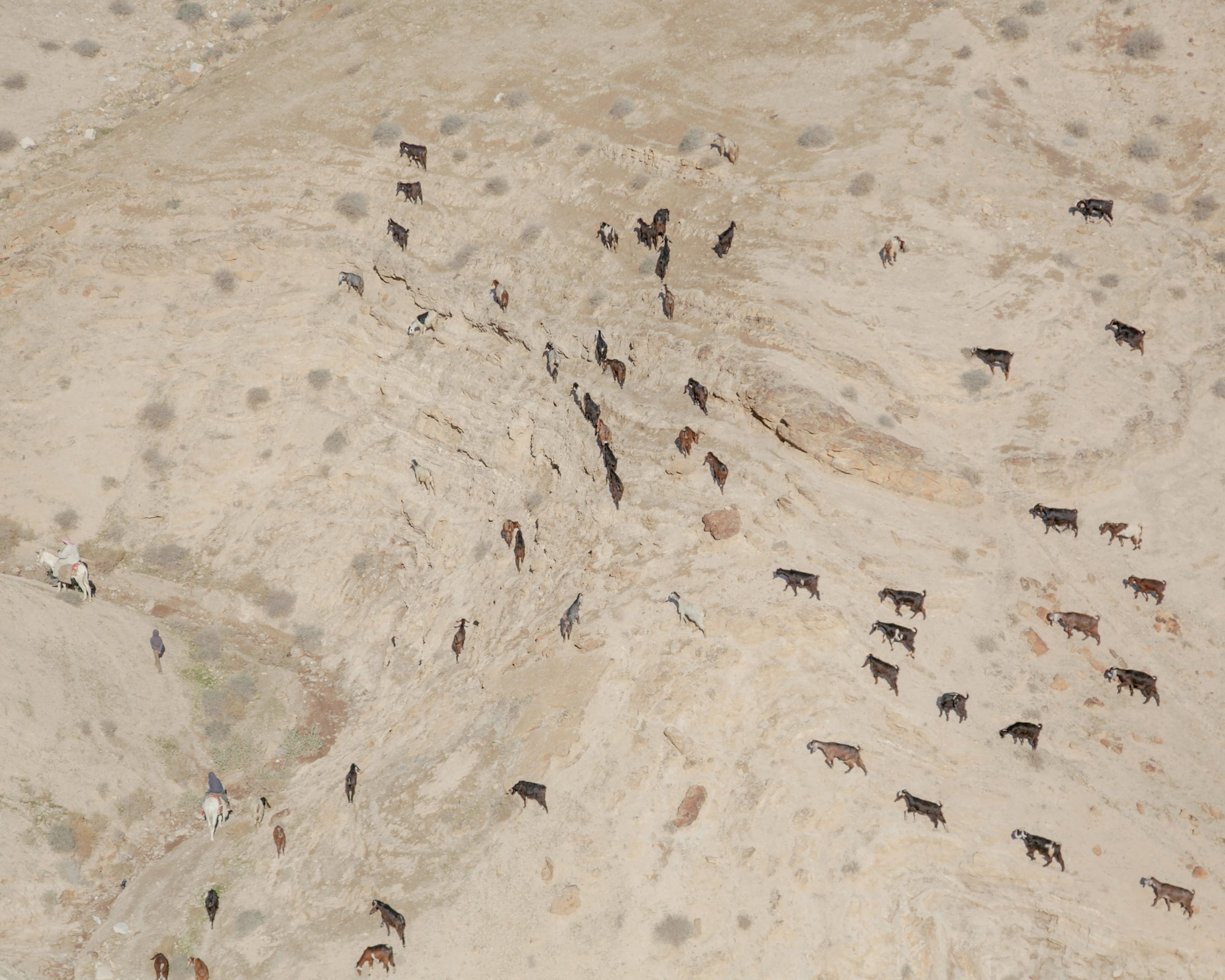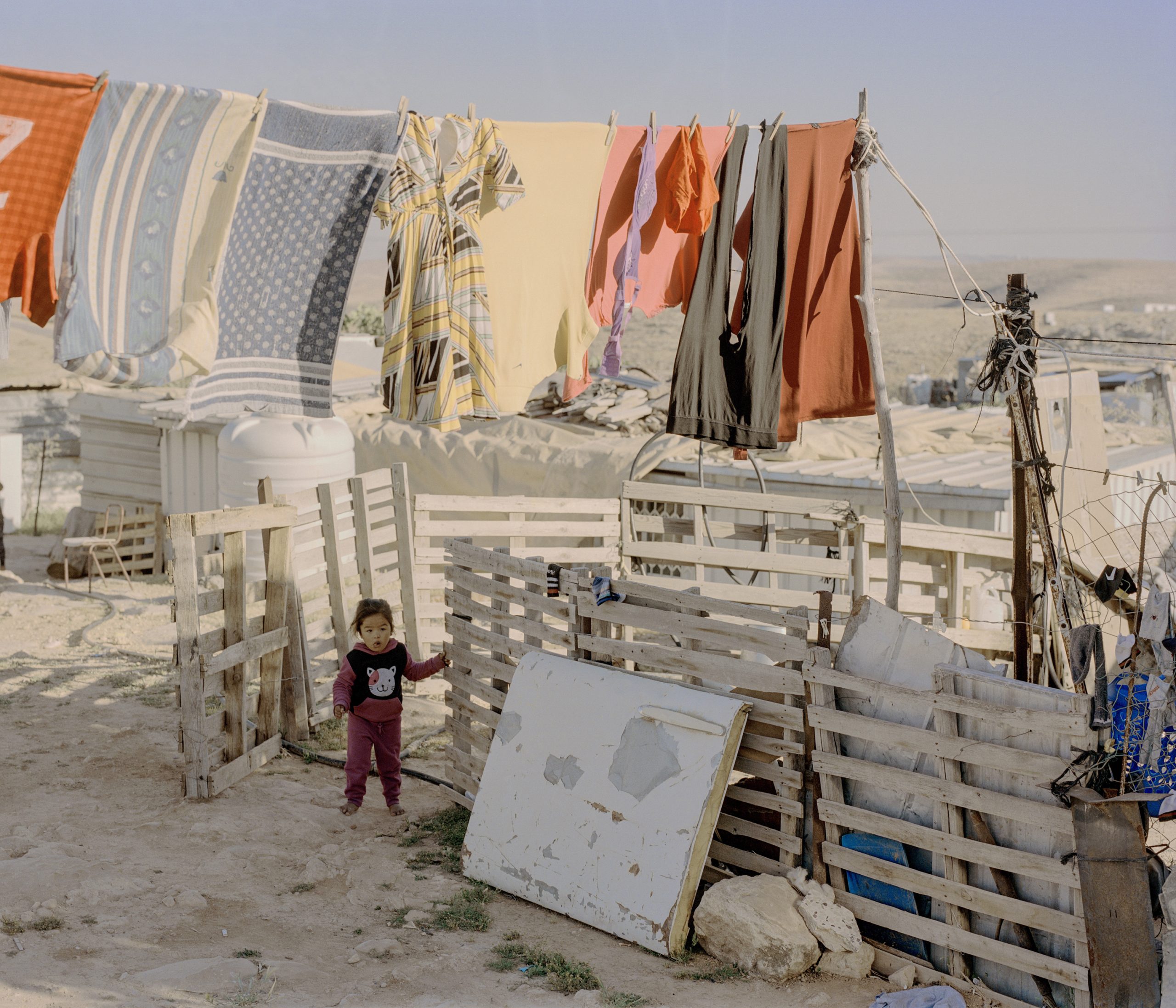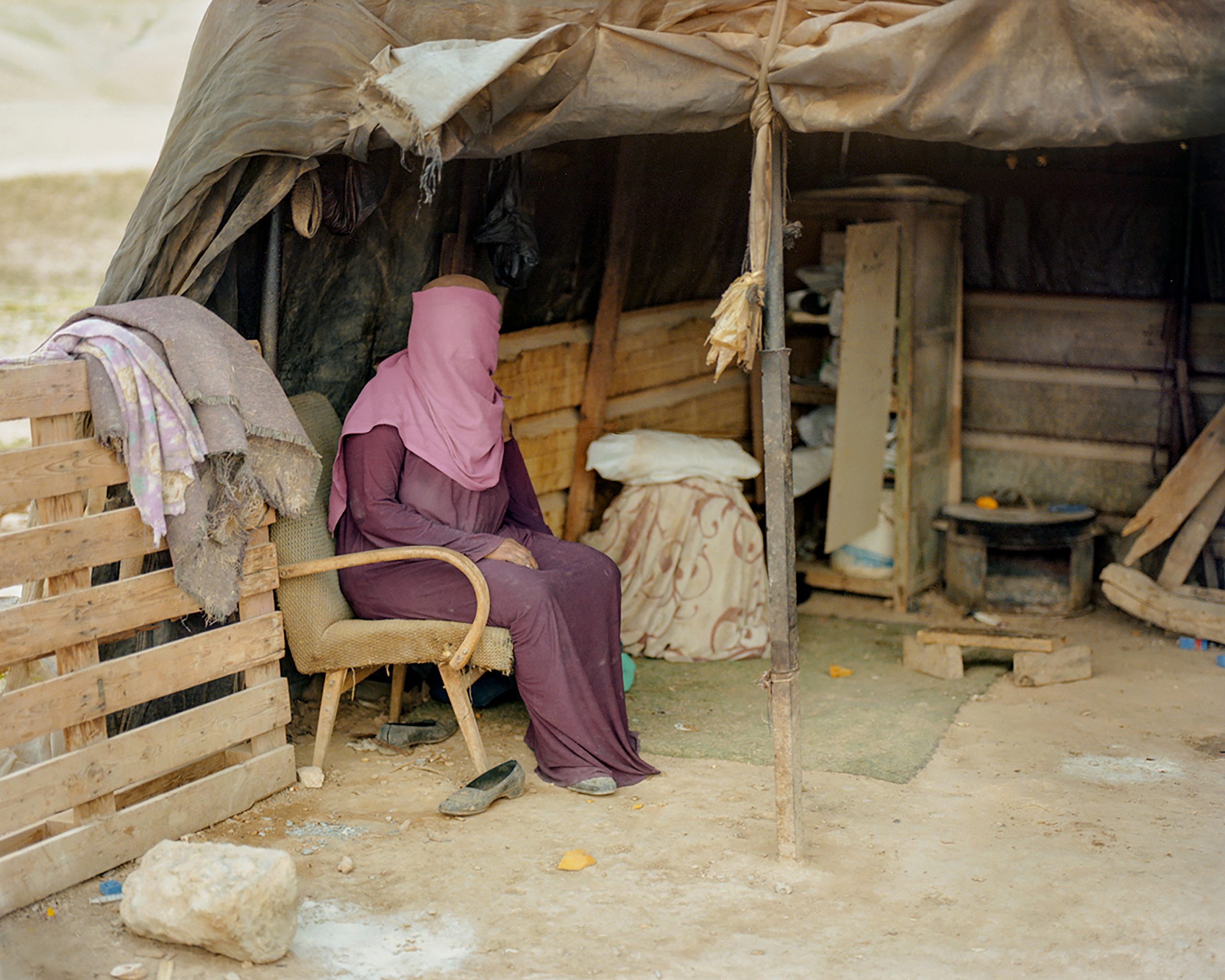
Petra Bašnáková
Why did a Slovak photographer end up in the desert of Palestine? Can you tell us how you came to identify the theme of your book “Born of Sand and Sun” and how the internship in Jerusalem influenced your choice? What did the internship you did there consist of?
During my photography studies at the university in Zlín, a turning point occurred in me, when I felt a kind of emptiness and the feeling that I was not moving anywhere artistically. I simply felt a strong stagnation and frustration and therefore decided that I wanted to change the environment. I decided on an exchange program at the Bezalel Academy of arts and design in Jerusalem, where I met classmates who organized a photo exhibition in the Maqam An-Nabi Mosa mosque. When I tell you now how I got to the topic of my book, you won’t believe me. I met Bedouins for the first time during our joint evening with all my friends who were supposed to participate in the exhibition. They were not classic desert nomads, but rather more sophisticated Bedouins who accompany tourists. The next day I went to the desert with a camera around my neck to see the sunrise. Tiredness overcame me and I fell asleep on one of the oil stones that cover the surface of the Judean desert. Suddenly I was woken up from my sleep by a boy on a white donkey, followed by 2 black goats. He shouted at me “yalla” and at that moment I blindly followed the stranger in a daze. Sometimes I was scared and that’s why I recorded a video on my camera for my parents if I didn’t come back home. I didn’t have my phone with me, so even my friends from the mosque didn’t know where I was. Despite this, a strong curiosity and adrenaline was awakened in me, which pushed me further. Usama, the boy’s name I later learned, brought me to his family where they gave me food and drink. I was speechless the whole time. They let a stranger they trusted under their own roof. They shared the last piece of bread even though they didn’t have to. This is what made me create a testimony about this amazing culture. Since then I visited Bedouin communities as often as possible. In addition to photography, I simultaneously worked on anthropological research into their culture for a better understanding of their way of life.
What visual references from authors have influenced you so far?
It will probably sound like a cliché, but I am an admirer of new American documentary photography. This is exactly what I am writing about in my master’s thesis, in which I analyze Alec Soth as the founder of magical realism in contemporary documentary photography. I love Soth’s work Sleeping by the Mississippi, but Bronek Manual opens up an absolutely new horizon for the viewer. I also love the old school dominated by Joel Sternfeld and I admire Nanna Heitmann from the new generation of authors. Her visual style is unmistakable and at times I felt like I was trying to imitate her. Then I immediately come to my senses and tell myself that I don’t want this. I want to create my own path to follow. I also cannot forget Max Miechowski and Simon Roberts.
From your book it seemed to us that this project was almost a journey of searching for roots, but at the same time it was your way of searching for acceptance by that people. Is that the case?
At the beginning, I had no idea what should be a meaning of the project. All I knew was that I wanted to create a visual testimony of this brave nation whose existence is in danger. Only after the time I spent with the Bedouins I realized that I was gradually becoming a part of their community. The book is accompanied by 2 storylines, 2 paths. The life journey of the Bedouins and my journey through the knowledge of their culture and becoming one of them.
What do you expect that this book offers or has given to those populations?
My presence gave the Bedouins hope that someone from the “outside” was interested in them and tried to help them just by listening to their problem and not succumbing to the influence of the media. During my photography research, I became anxious about what will happen after the project is finished and whether it has any meaning. Then I realized that although I can’t save their problem, I can promise them that I will try to get the project as far as possible so that as many people as possible learn about them. Awareness is the best help. People can learn how unique the Bedouin tribe is through my book and can start paying more attention to them.
Having accomplished this the project “Born of Sand and Sun” , what did the terrible events of October 7, 2023 and the whole wave of violence that was generated provoke in you?
The paradox is that innocent people and civilians always suffer in war. I do not understand how anyone can allow people who have not harmed anyone to die at the whim of state representatives. The question of israeli-palestine conflict is not new and what happened is the result of a long-standing problem. We cannot forget the past. I don’t want to choose























